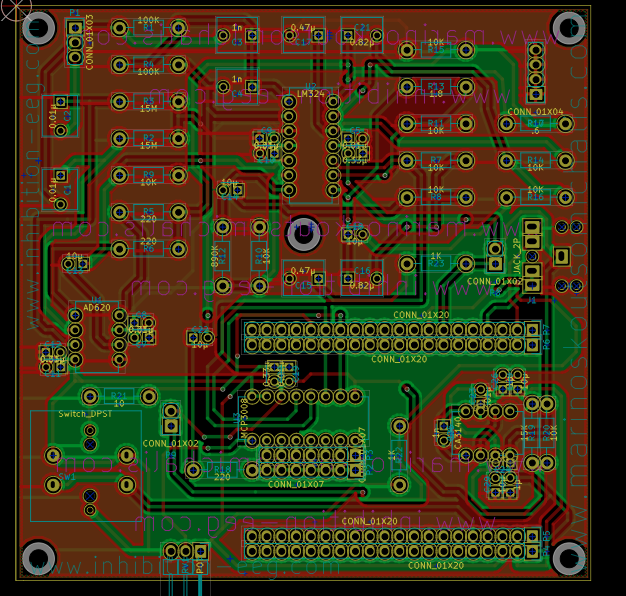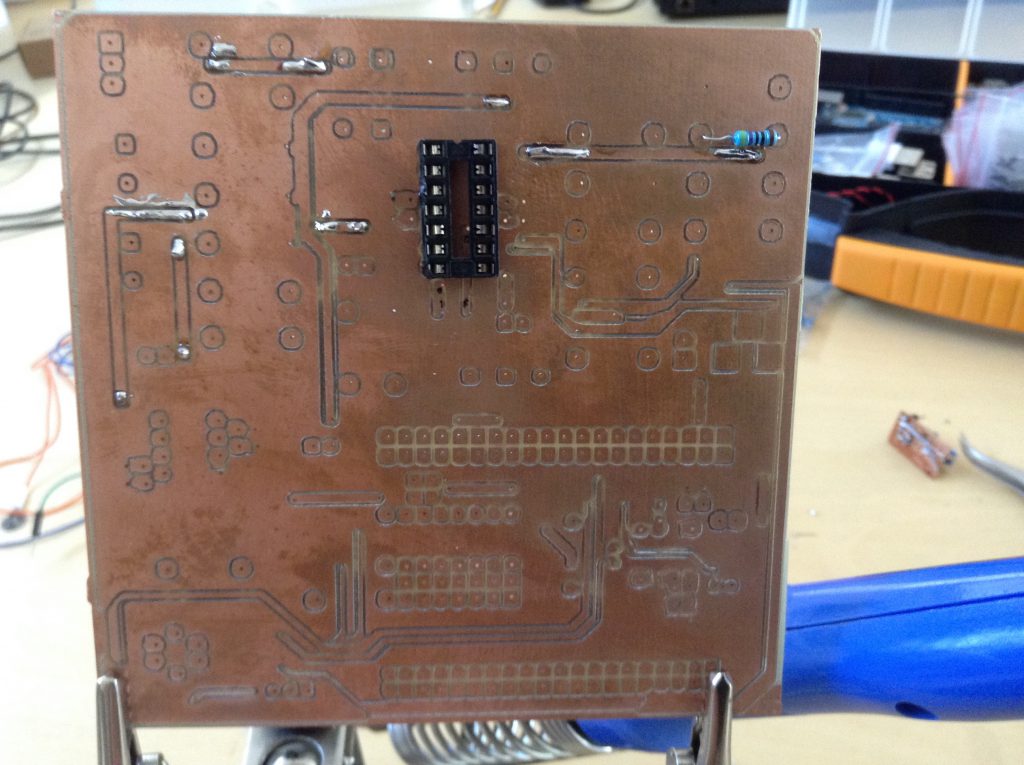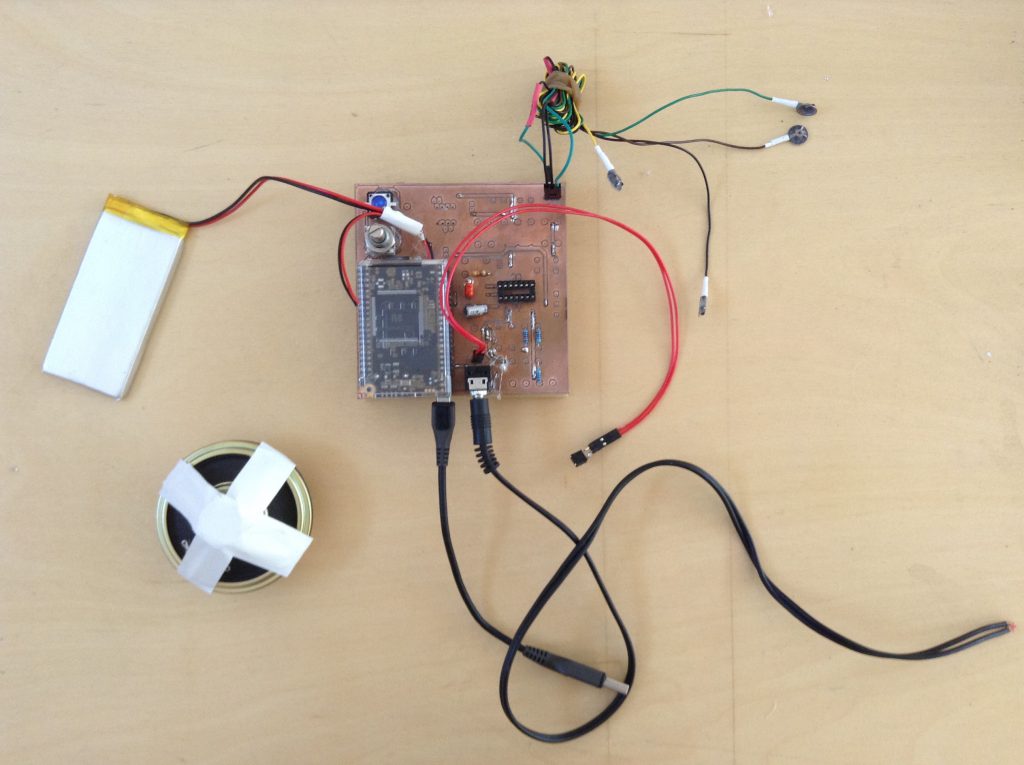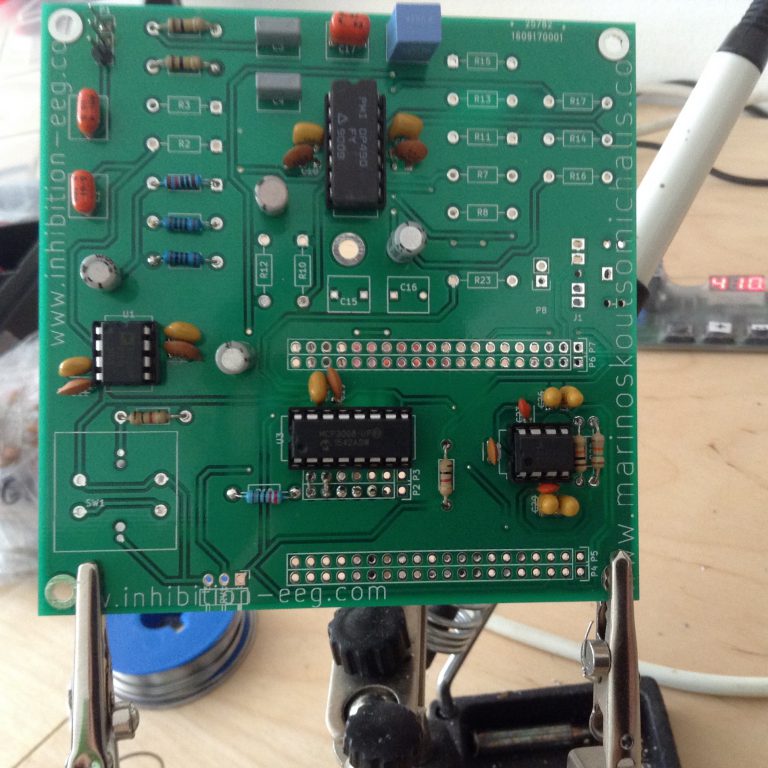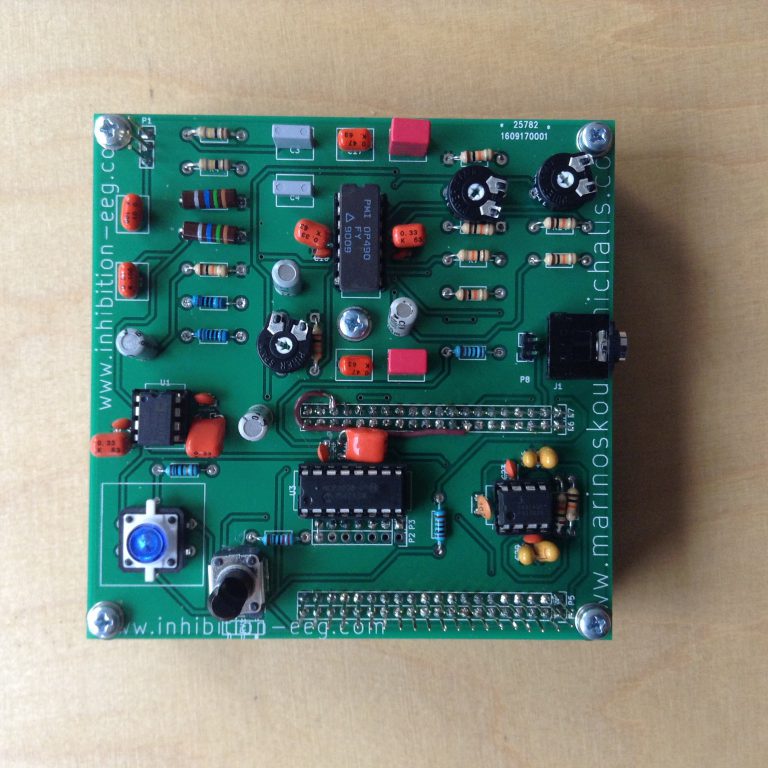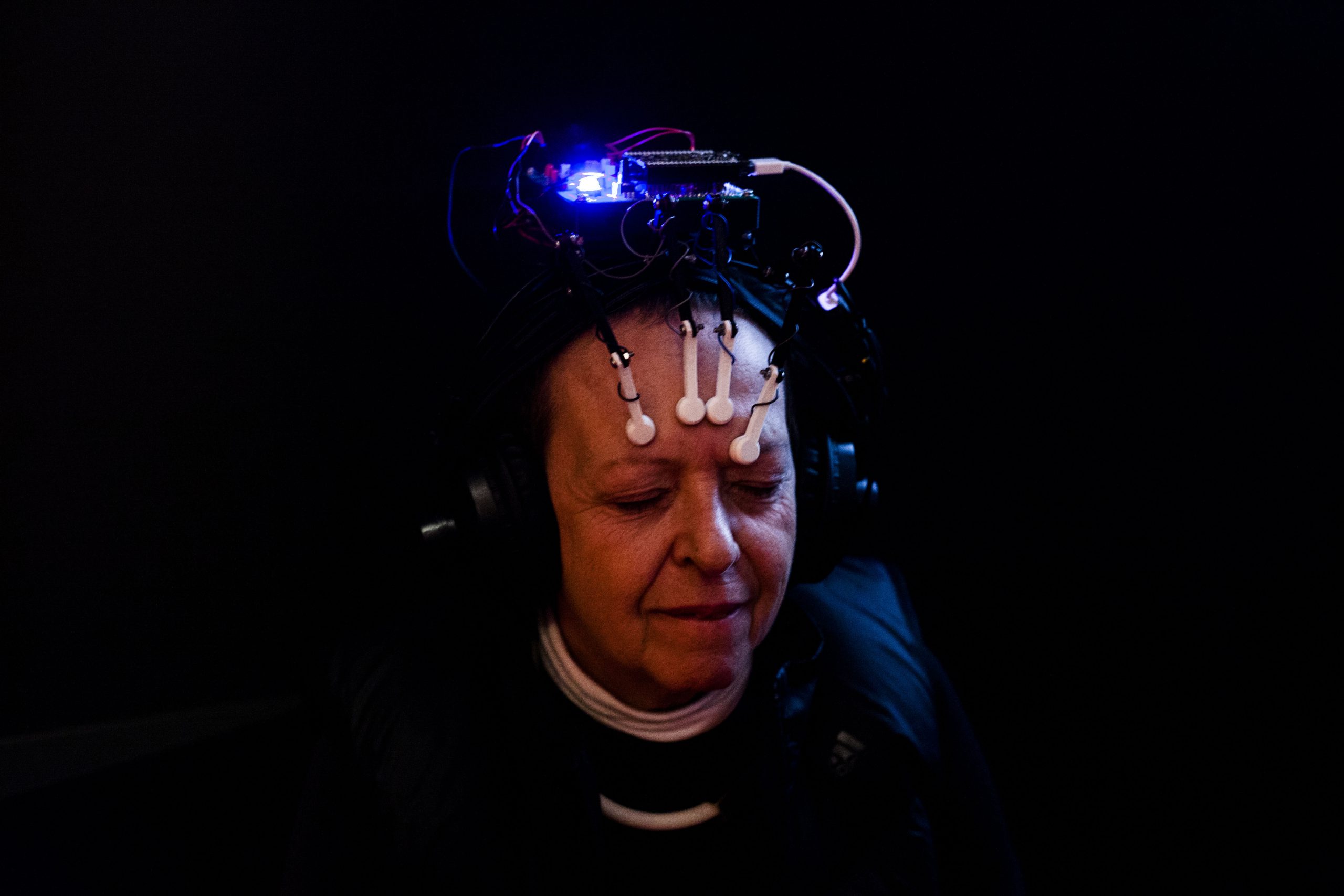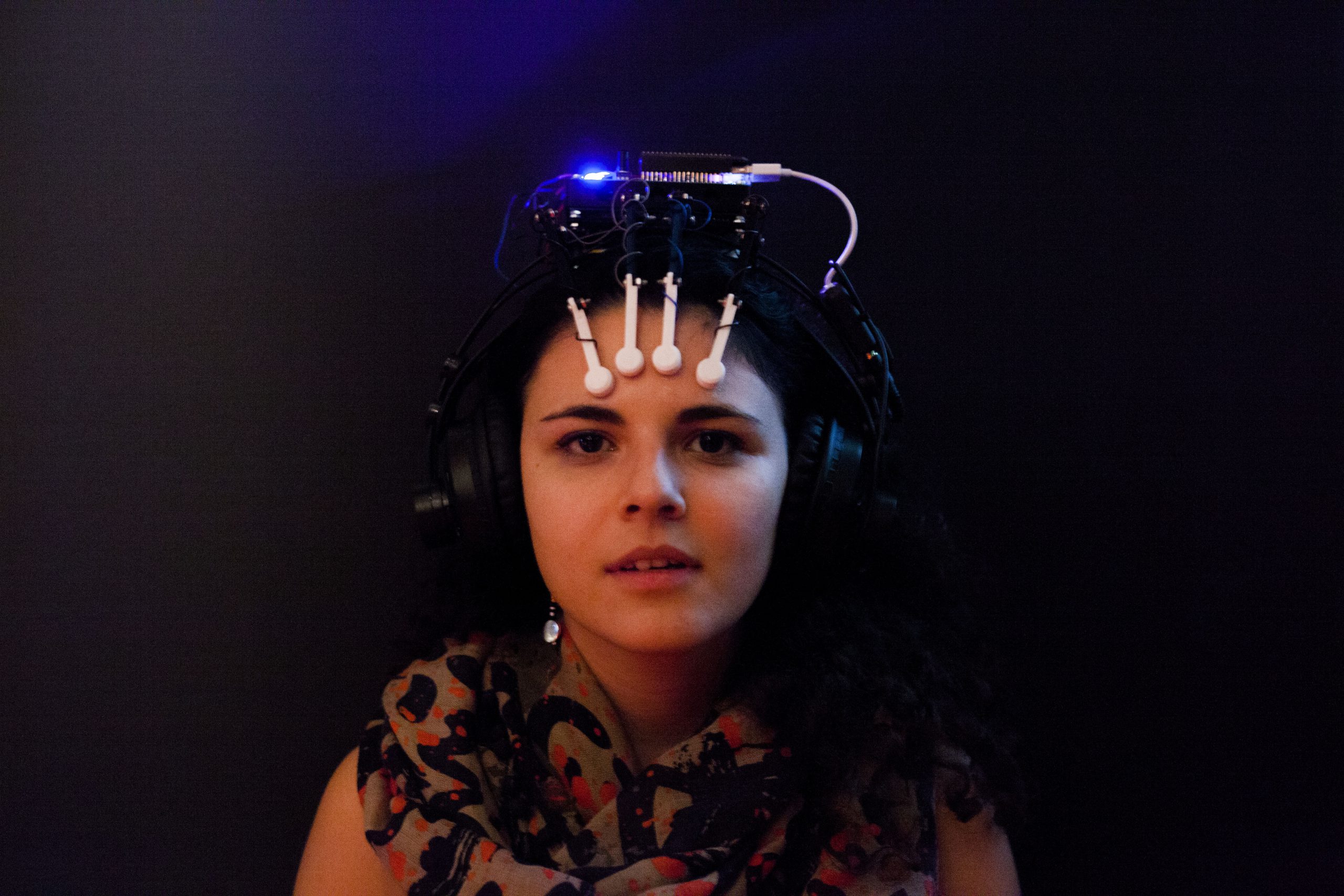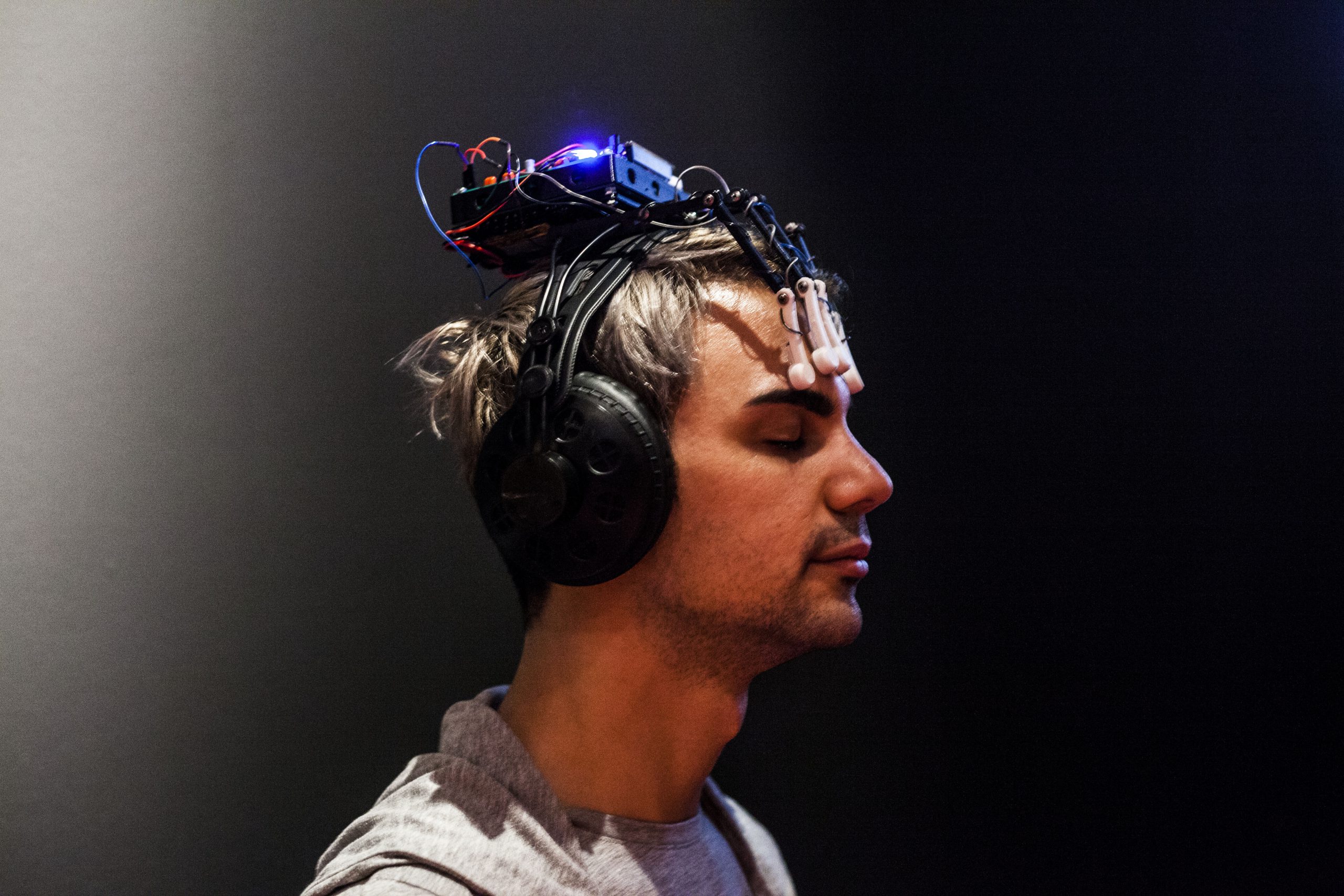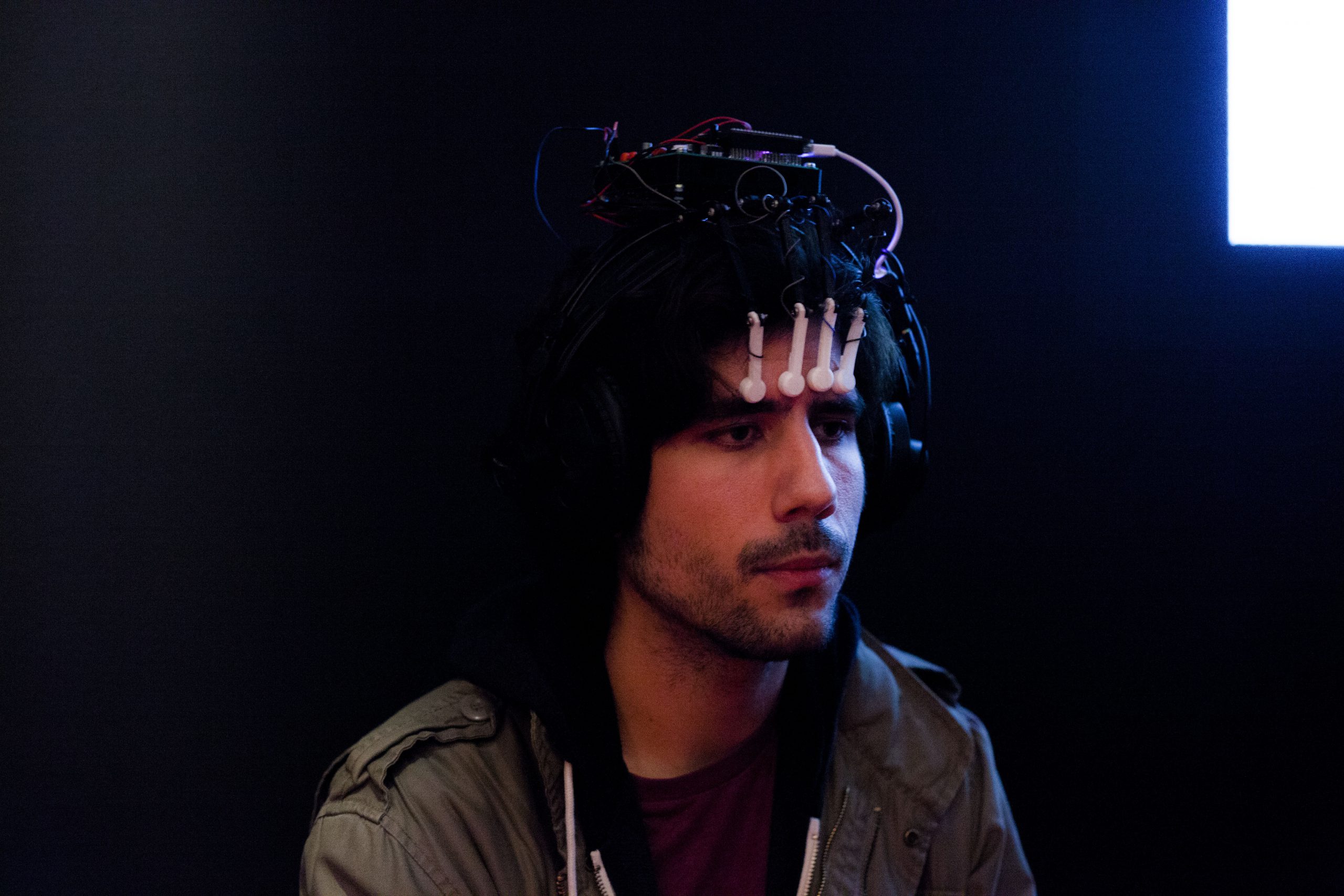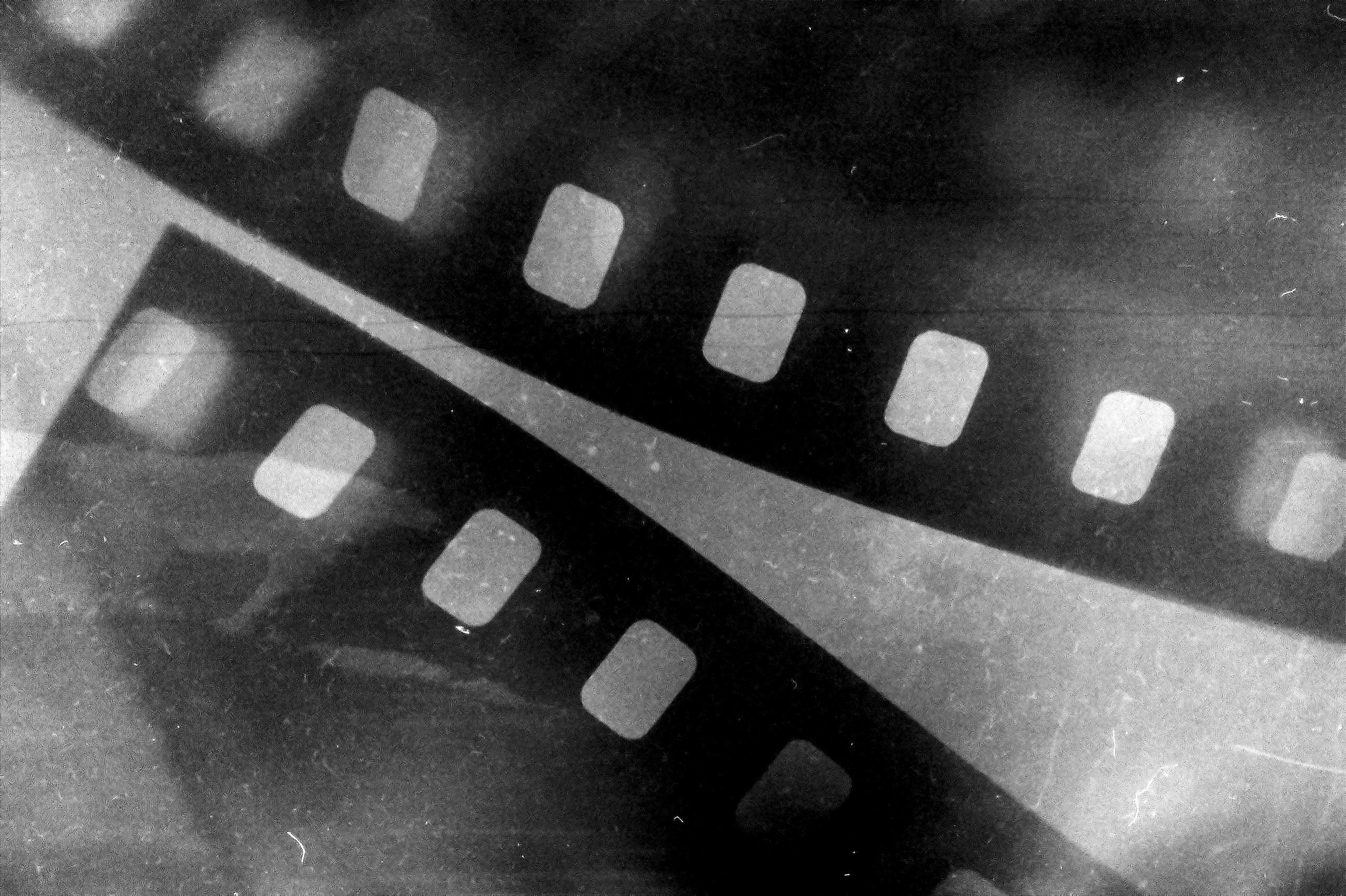Inhibition
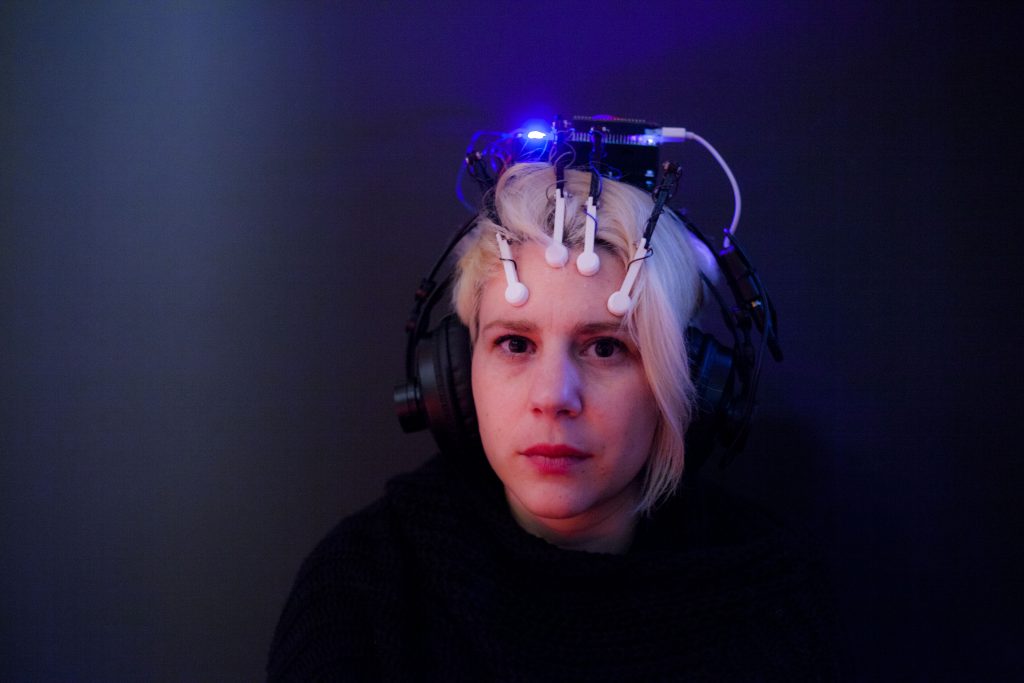
Inhibition
The venture revolves around a DIY intelligent headset that is capable of EEG (electroencephalography), algorithmic sound synthesis and machine learning, as well as around co-design and do-it-with-others tactics – eventually celebrating laboratory experimentation/praxis as a valid way to both produce and exhibit art.
Materials:
Electronics, bespoke software, EEG sensors, 3d-printed parts, headphones, micro-computer, computer-generated audio, loudspeakers, miscellaneous tools and props
Dimensions (installation):
Variable
Duration (performance):
Variable, typically ~25m
Commissioned by:
Ars Electronica, Linz AT
Onassis Cultural Centre, Athens GR
Produced by:
Onassis Cultural Centre, Athens GR
Produced at:
Studio K, Heraklion GR
Commons Lab, Heraklion GR
Athanco design office, Piraeus GR
Onassis Cultural Centre, Athens GR
Produced in:
2016
Documented by:
Theodora Ziaragka, Panayiotis Goubouros, Marinos Koutsomichalis
The artist’s original prototype is designed to constantly monitor neurophysical activity and adapt to it so that it ever generates those particular kinds of sounds that are most likely to inhibit concentration. In this manner direct man-machine coupling is hindered and the subject’s cerebral rhythms are ever-destabilised. Doing so, the artist intends to bring forth a new kind of ‘uncanny’ meta-mind. One that is cybernetically enacted on top of machine learning schemata, neuro-feedback and bio-technological autopoiesis. With this technology as a point of departure, and embracing the open-source software/hardware paradigm, Inhibition suggests itself as an open-ended do-it-with-others experimental laboratory. It calls for hands-on audience participation and community-driven experimentation. Electronic schematics, 3d-printable/cnc-millable models and code are all made available at a dedicated web-site where audiences may also socialise with one another, contribute technical matter, and upload images/video showcasing their own creative outcomes. Local audiences are invited to create their own individuated headsets in dedicated workshops facilitated by the artist and under his direct supervision/mentorship. Audiences are further asked to exhibit their creations alongside the artist’s original prototype, and to participate in collective performances, technological showcases and impromptu ‘EEG music’ ensembles.
‘Inhibition’ involves several substrata of research and creative practice: designing and fabricating the prototype headset; planning, preparing, and facilitating the workshops; performing with the headset solo as well as in impromptu collective groups; exhibiting the project as an installation in space; bootstraping a small community pivoting on the technology developed for the project; documenting the work and reflecting upon the outcomes.
The original headset has been designed by the artist so as to implement his particular creative take, but also as a workshop-ready blueprint that affords all sorts of modification insofar as overall look, electronics performance, and sound synthesis are concerned. Making a headset capable of real-time eeg, sound synthesis and machine learning is a rather daunting task with many steps involved. A very important step is the proper selection of electrodes. ‘Wet’ cup electrodes (that is requiring a gel electrolyte) are used in artist’s first two prototypes, but some of the headsets that came out of the various workshops feature dry electrodes. Electronic circuity is a bespoke design by the artist that accounts for the project’s requirements: battery operation (for safety reasons), excellent performance at the 1-20Hz frequency range, high noise and electric hum rejection, moderately cheap (so that it is affordable in a workshop context), stackable (so that more than one pcbs could be used for more EEG channels), easy to solder (so that it is realistic for amateurs to build in a workshop context), easy to embed into a wearable device. The circuit comprises a first amplification stages, a Driven-Right-Leg (DRL) circuit, a hi-pass filtering-amplification stage, two low-pass filters, a power supply circuit, analogue-to-digital conversion and circuity relevant with the single-board computer in use (a headset ON/OFF switch, an ON/OFF switch, a LED, a pot to control the volume and an audio out jack). The PCB has been designed to be fairly large, stackable and in two layers. The original headset’s design is by Nikos Athanasopoulos and employing 3D printed parts, pieces of leather, and studio headphones.
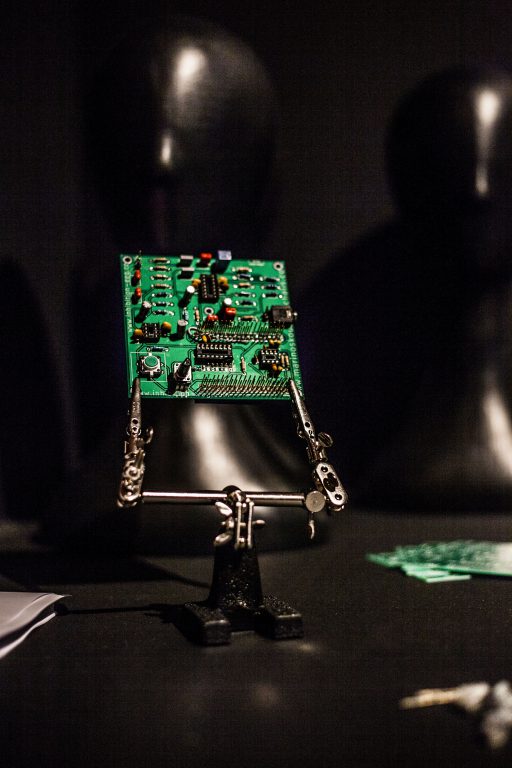
An ‘Inhibition’ exhibition comprises an exposition of tools, materials, and objects related to the project, a video projection, the artist’s prototype headset (that audiences may use in-situ). Such installations are dynamic and reflect the course of the project as it evolves. It is updated with creations by local audiences, as they occur in the concurrent ‘Inhibition’ workshops. Local audiences, then, are given the opportunity to exhibit alongside the artist (their works are returned, of course, after the end of the exhibition).
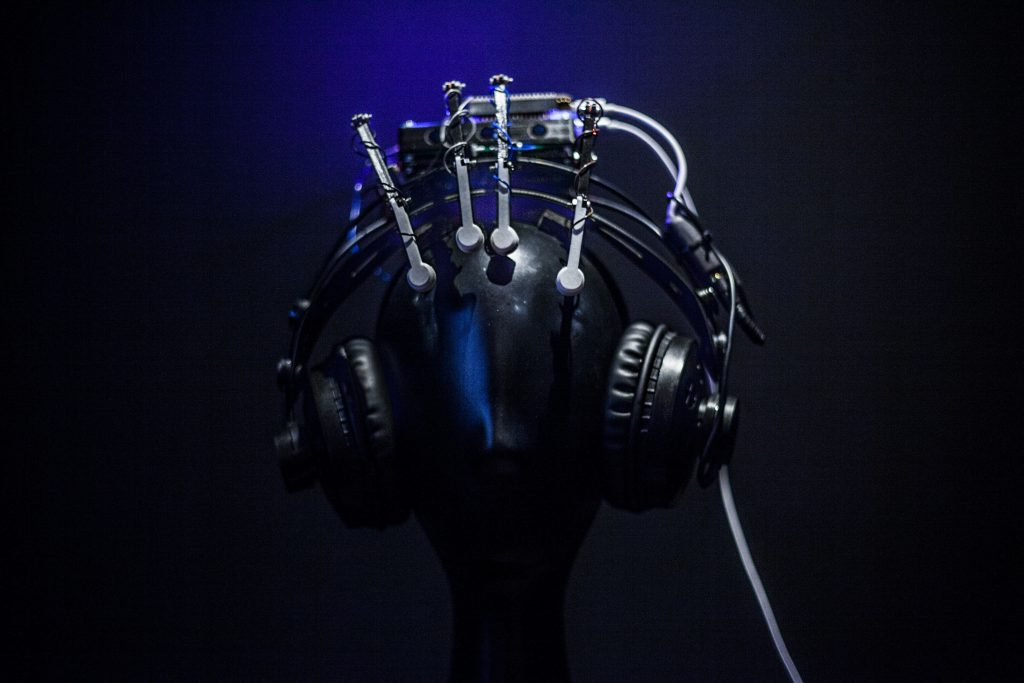

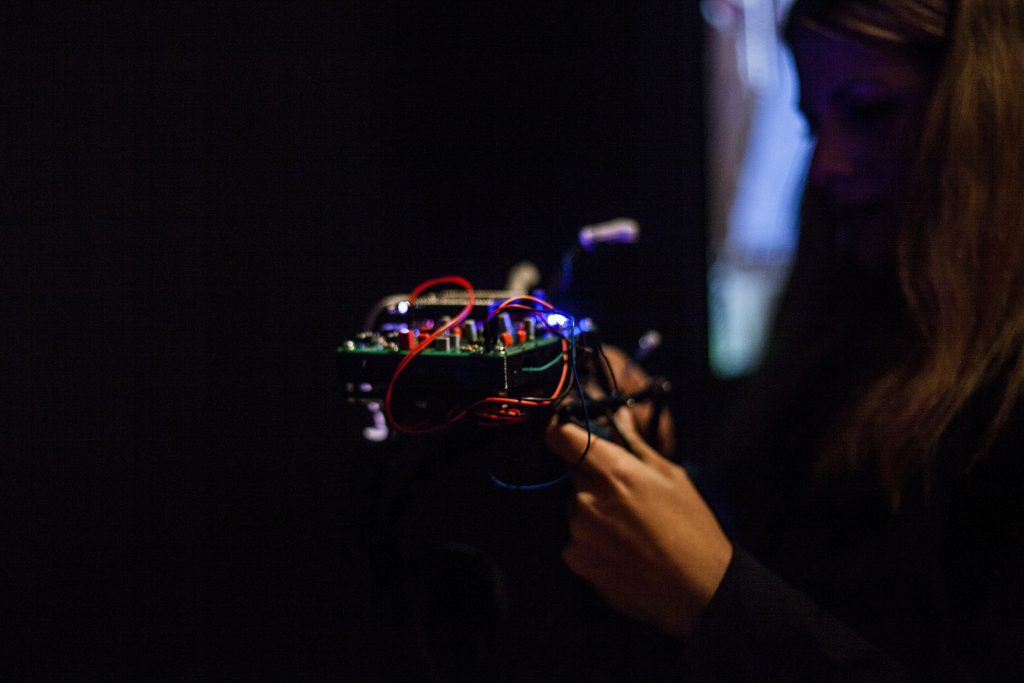
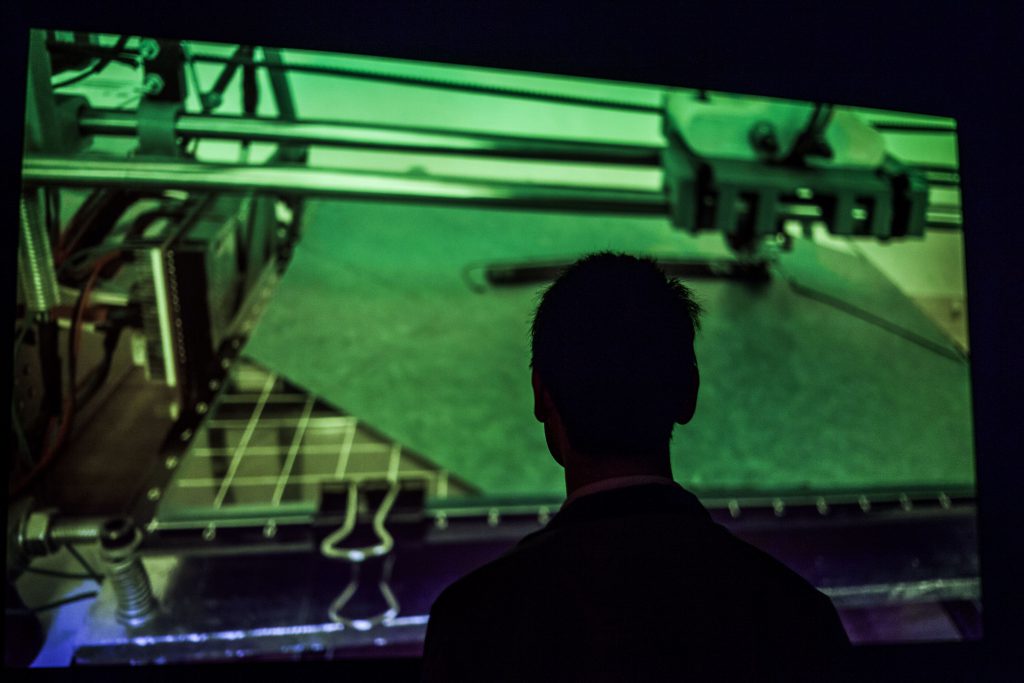
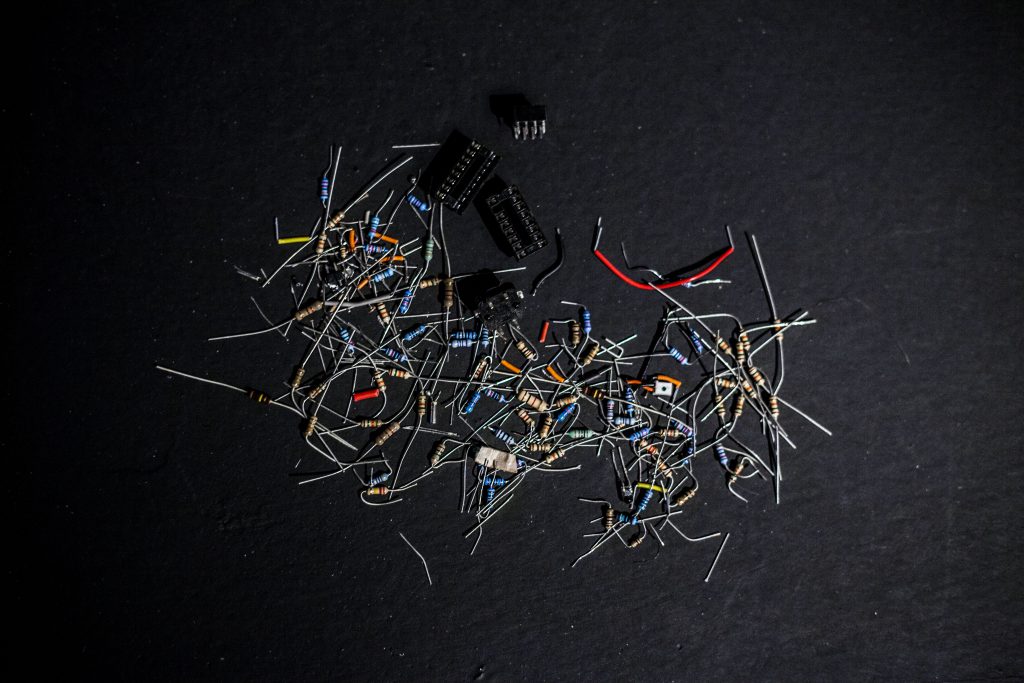
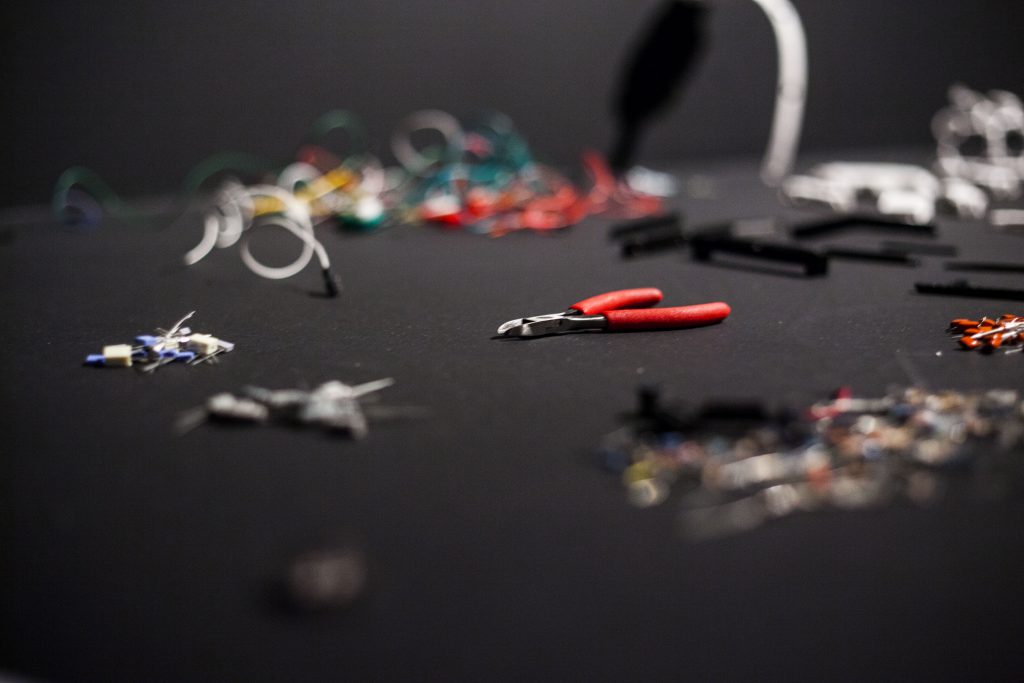
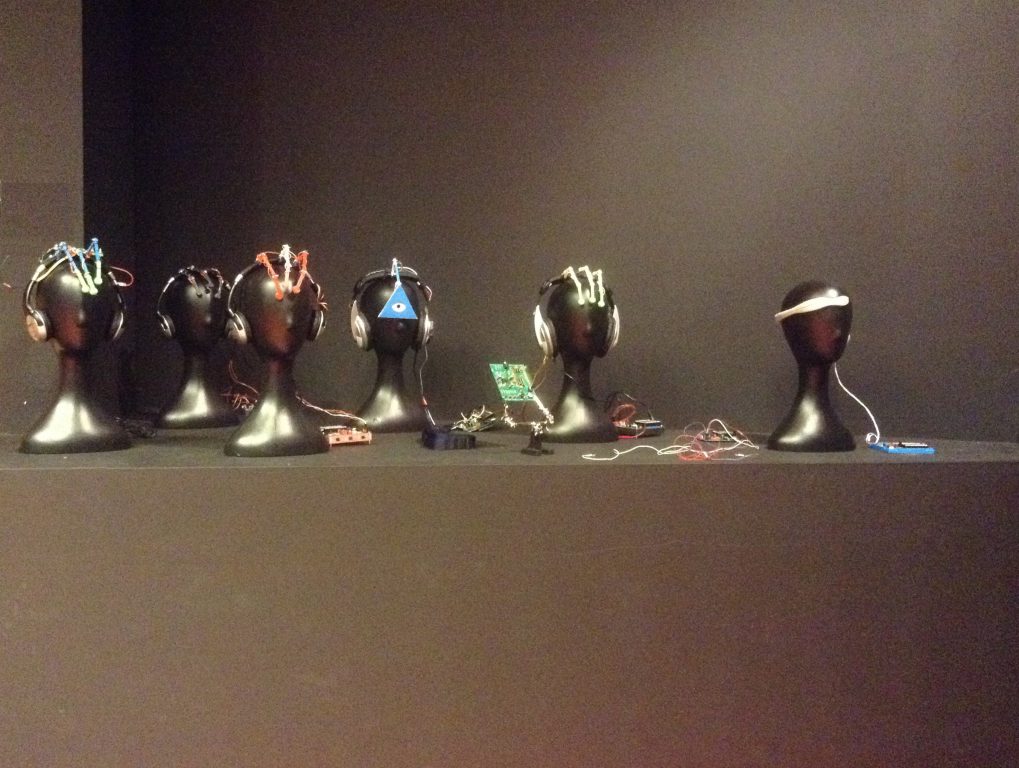
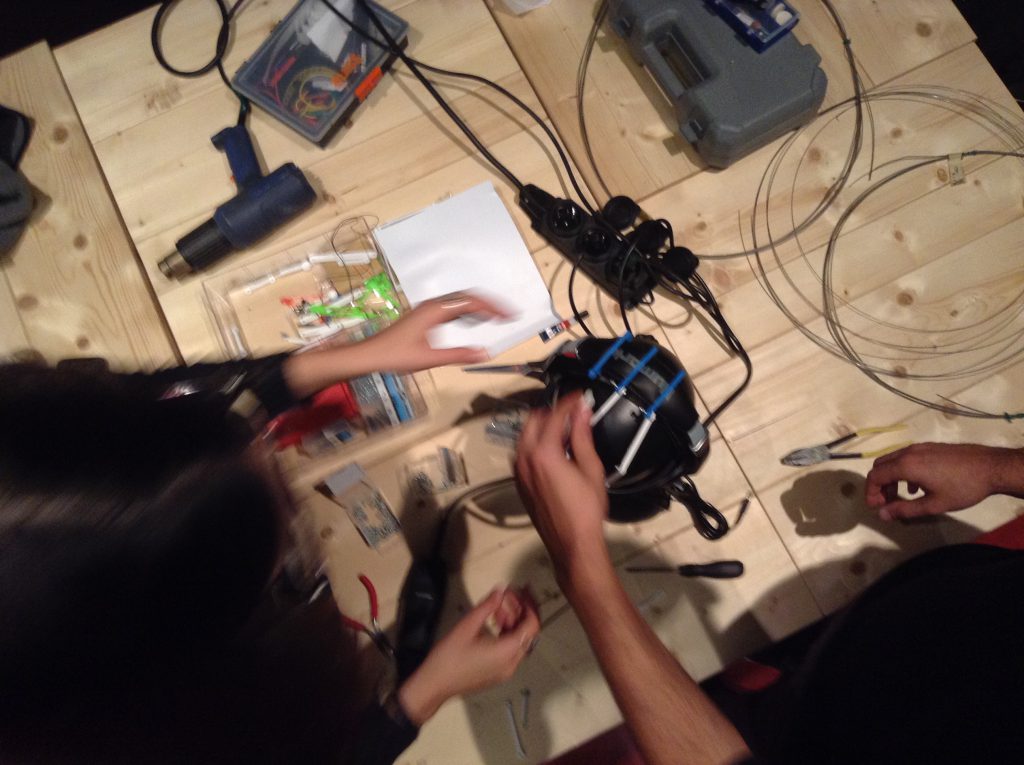
Local audiences are encouraged to participated in dedicated workshops wherein the get to experiment with the materials and the technologies Inhibition pivots on. Following their own individual interests and aided by the artist and any assistants of his, they produce their own individuated headsets. These typically feature modifications in their style, the electronic circuity, the software or all of the above.
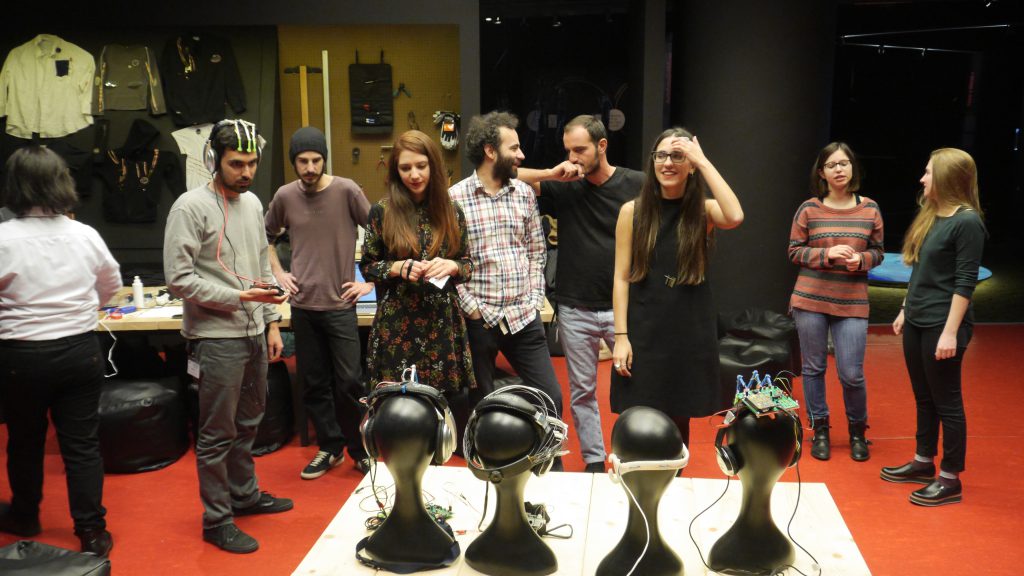



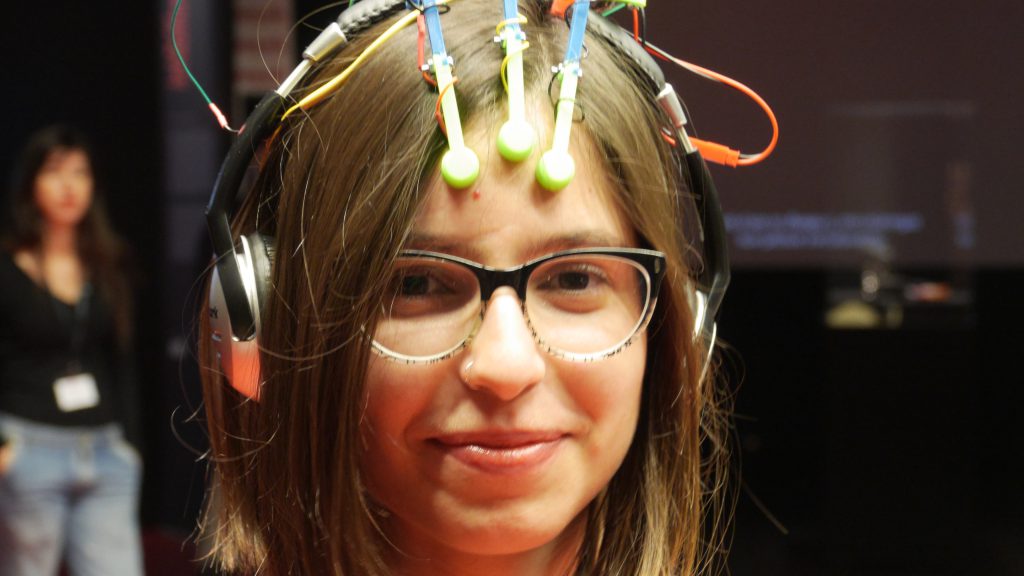
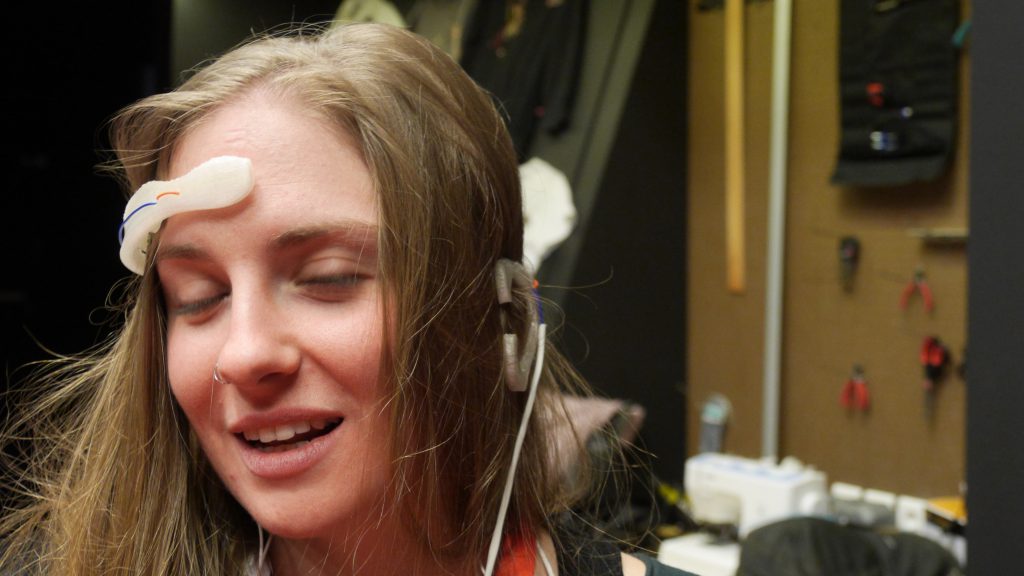
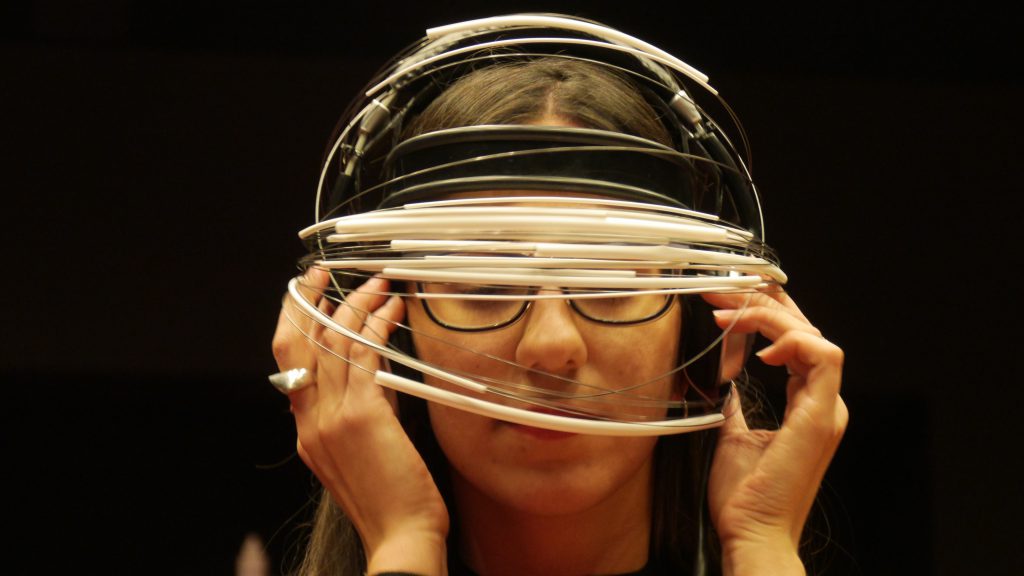
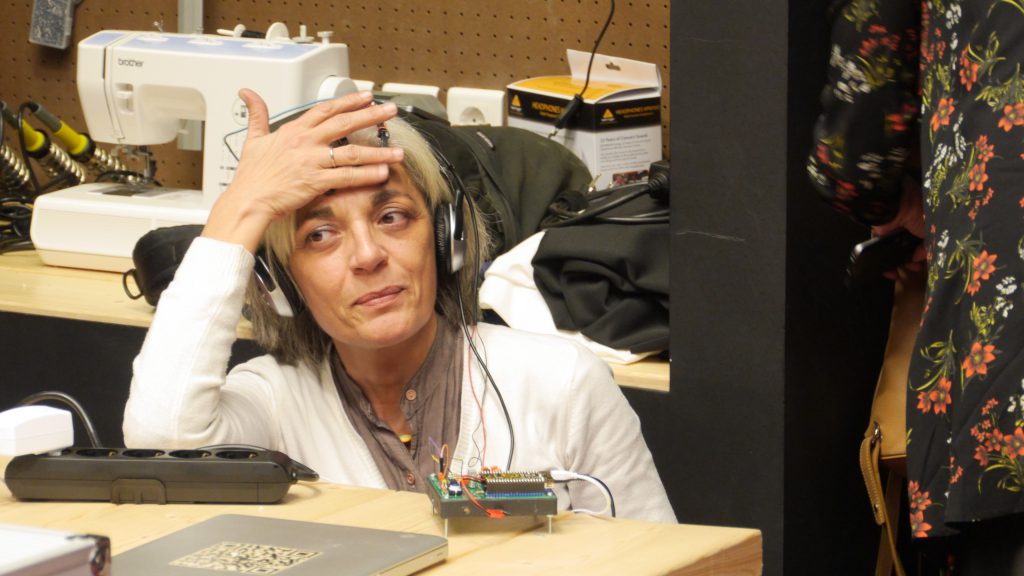
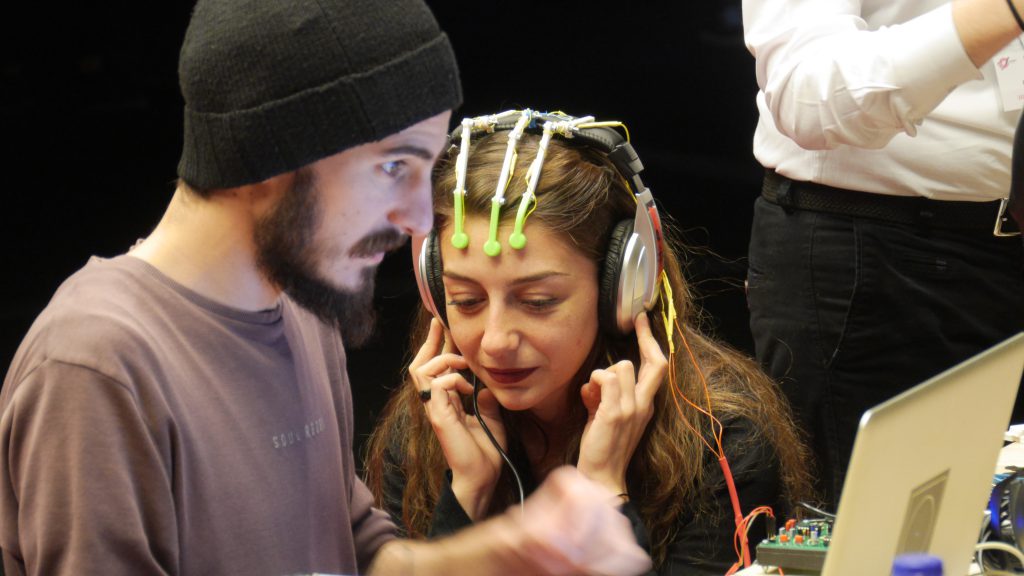
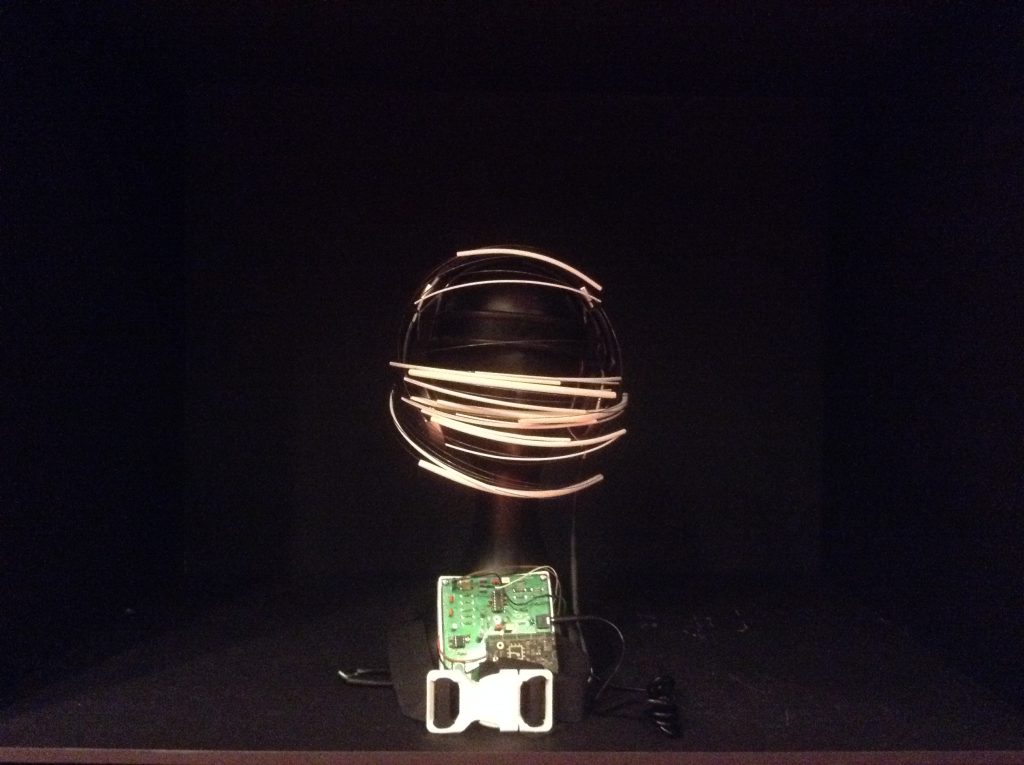
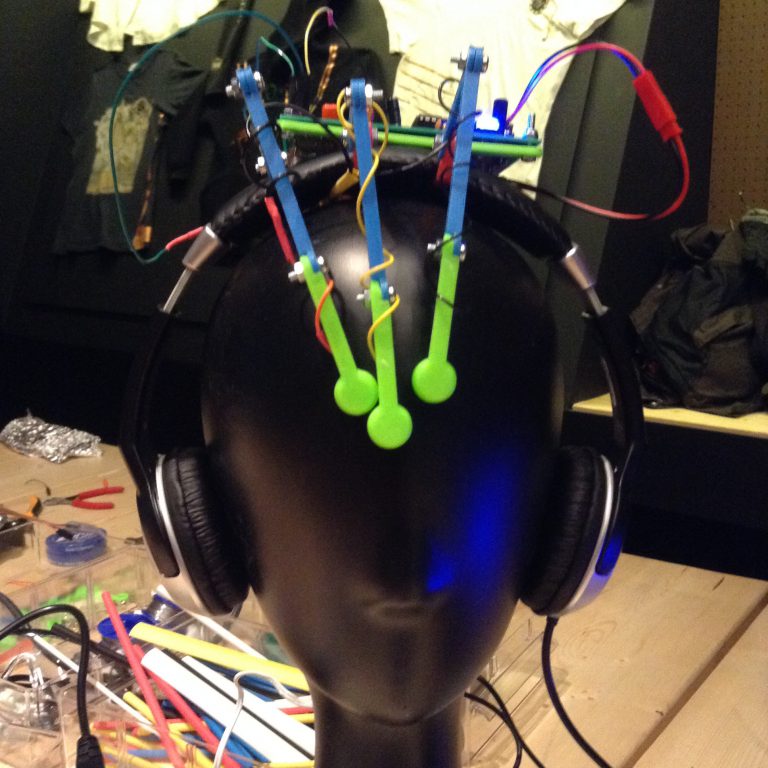
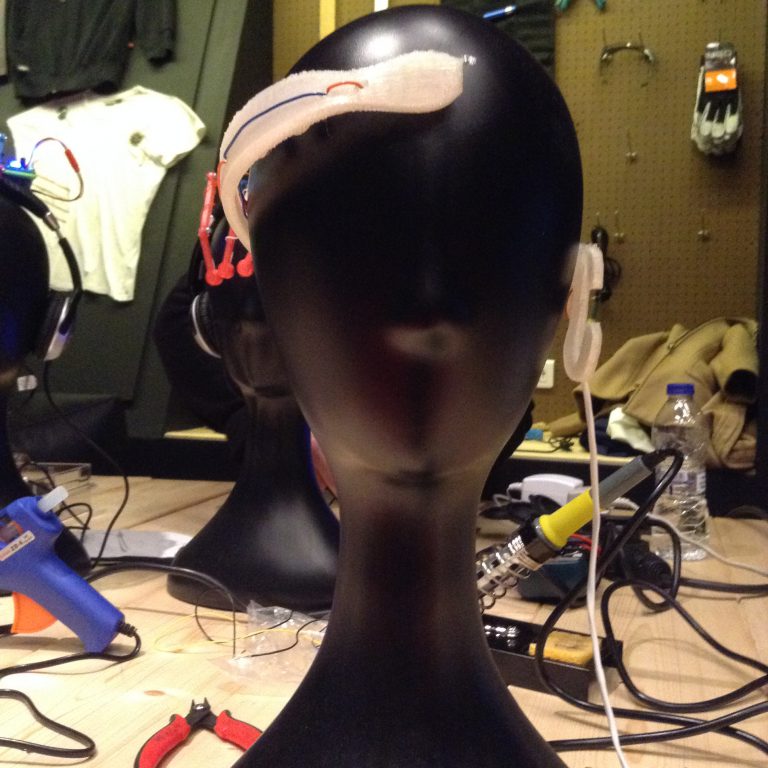
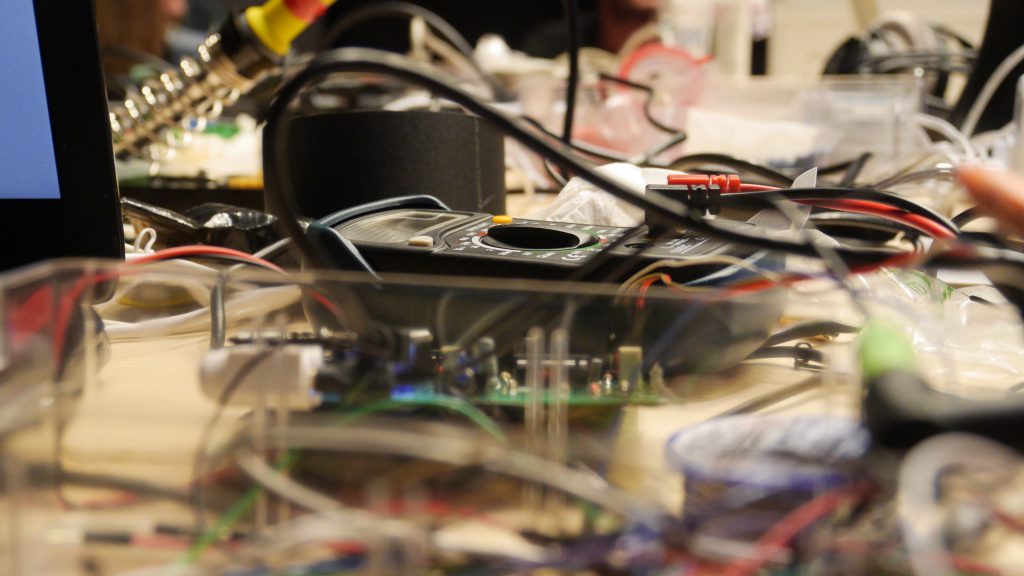
Events
-
Exhibition, Performance, and Workshop, Sonic Vibrations - Alien Organs group exhibition; Spektrum. Berlin, DE. (2018)
-
Exhibition, Performance, and Workshop, DA_Fest; National Academy of Fine Arts. Sofia, BU. (2017)
-
Performance, Electracoustic Music Days, Hellenic Electracoustic Music Composers Association. Technological Educational Institute of Crete. Rethymnon, GR. (2017)
-
Exhibition, Performance, and Workshop, Vorspiel by Transmediale & CTM; Spektrum. Berlin, DE. (2017)
-
Performance, and Talk, ArtOs Foundation. Nicosia, CY. (2016)
-
Exhibition, Performance, and Workshop, Hybrids group exhibition (curated by Ars Electronica). Onassis Cultural Center. Athens, GR. (2016)

